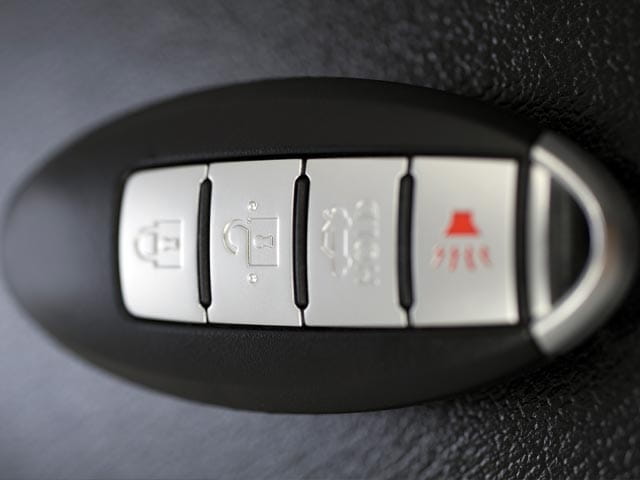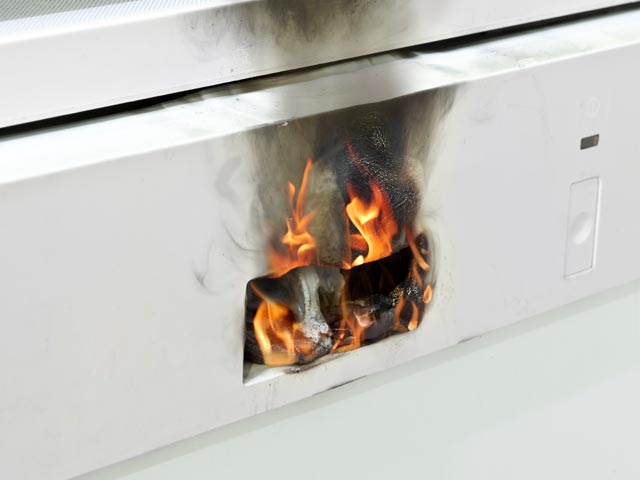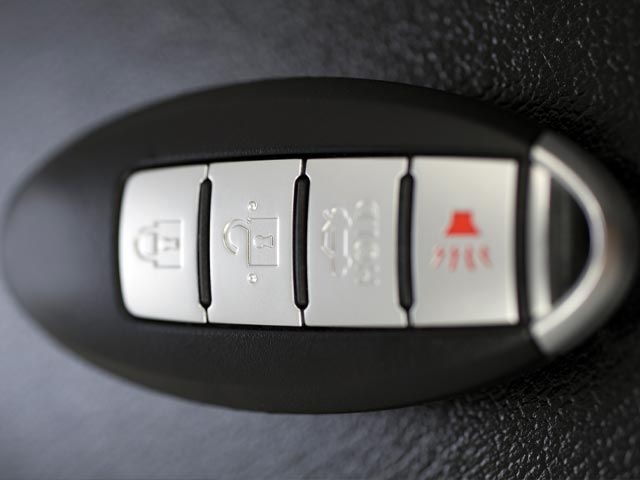Pre-approved radio modules: Element's 10 point checklist
The CE Mark allows manufacturers to import and export their products freely within the European Union, with common product design and manufacturing requirements defined within EU Directives. By placing the mandatory conformity mark on a radio product, you are providing a clear indication that it meets all the relevant requirements and should therefore enjoy free movement between all 28 member states.
Pre-approved radio modules are a popular choice for radio product manufacturers wishing to get their end product to market quickly and cost effectively. However, it’s important to ensure the radio module does not end up compromising the CE Marking of the end product.
Our radio experts at Element have put together a ten point checklist to help make sure you are able to demonstrate the necessary due diligence in using a radio module in your product.
Element’s 10 point radio module checklist for CE Marking
1. Is the device a radio module?
There is often confusion about whether a device is a radio module or a chipset and it is important to be clear that you understand the definitions for both.
2.模块是否有CE标志?
如果设备没有CE标记,则需要确定模块携带的符合性级别,如果它不够,那么您需要采取措施确保您的最终产品符合所有适用要求。小心不要将中国出口标志误解在CE标志。
3. Do you have a copy of the Declaration of Conformity (DoC)?
Manufacturers of modules are required to sign a DoC before CE Marking the device and placing it onto the market or putting it into service. This should be provided to you at point of sale, or on request.
4. Are the standards listed and current?
DOC应列出模块评估的标准。您应该检查这些是正确的标准,并在日期。您可以在R&Tte / Red官方期刊上查看这些。
5. Do you have a copy of the test report(s)?
Whilst the manufacturer is not obliged to provide them, if they fail to do so on request it does raise the question of whether the testing has been done correctly, or at all. If you sign your DoC without obtaining these, you would be doing so with little evidence to back up your presumption of conformity.
6. Have you changed the module in a way that may affect compliance?
If you have made any changes to the module, you have not be able to carry forward the compliance of the module. Common alterations involve a change of antenna or frequency allocation.
7. Does the module have a host-mounted antenna?
Occasionally modules will not have a built-in antenna but will have a connector instead. Often in the case of cellular radios the antenna is host-mounted and not mounted on the module. In this case there will be some modification to the RF chain, usually in the form of a small PCB trace between the module and the host-mounted antenna connector. This can comprise the compliance, and so limited ‘verification’ testing may be required.
8.您是否在现有合规证据涵盖的温度范围内使用该模块?
The test reports will have a designated temperature range outside of which the radio is not shown to be compliant. For use outside of this range, further testing may be required.
9. Is the radio module co-located and capable of simultaneous transmission with another transmission?
For products with multiple radios that are capable of simultaneous transmission there is a requirement for an intermodulation investigation in accordance with ETSI TR 102 070-2 to ensure there are no spurious emissions caused by the interaction of these transmitters.
10.是设备订单rtable, body worn or used against the head?
Equipment that is body-warn, handheld, or used against the body will require an RF Exposure evaluation and possibly an SAR assessment.
View more articles aboutMore Sectors
通过介绍与您的相关文章Nucleus
making certain for nearly 190 years
更多来自元素188金宝搏手机端

服务s
IECEx
Element offers IECEx services including the capability to test and certify equipment, which enables it to be sold in any IECEx participating countries.
阅读更多

sector
无线(无线电)服务
We can help with EMC and safety testing and assist manufacturers who want to take their radio and wireless product to the global market.
阅读更多

服务
Safety Testing
Element helps companies achieve compliance against global safety standards for 167 countries.
阅读更多

服务
Product Compliance
188金宝搏手机端元素提供了世界上最广泛的测试和支持服务之一,旨在让您的产品到市场并遵守V&V要求。
阅读更多



